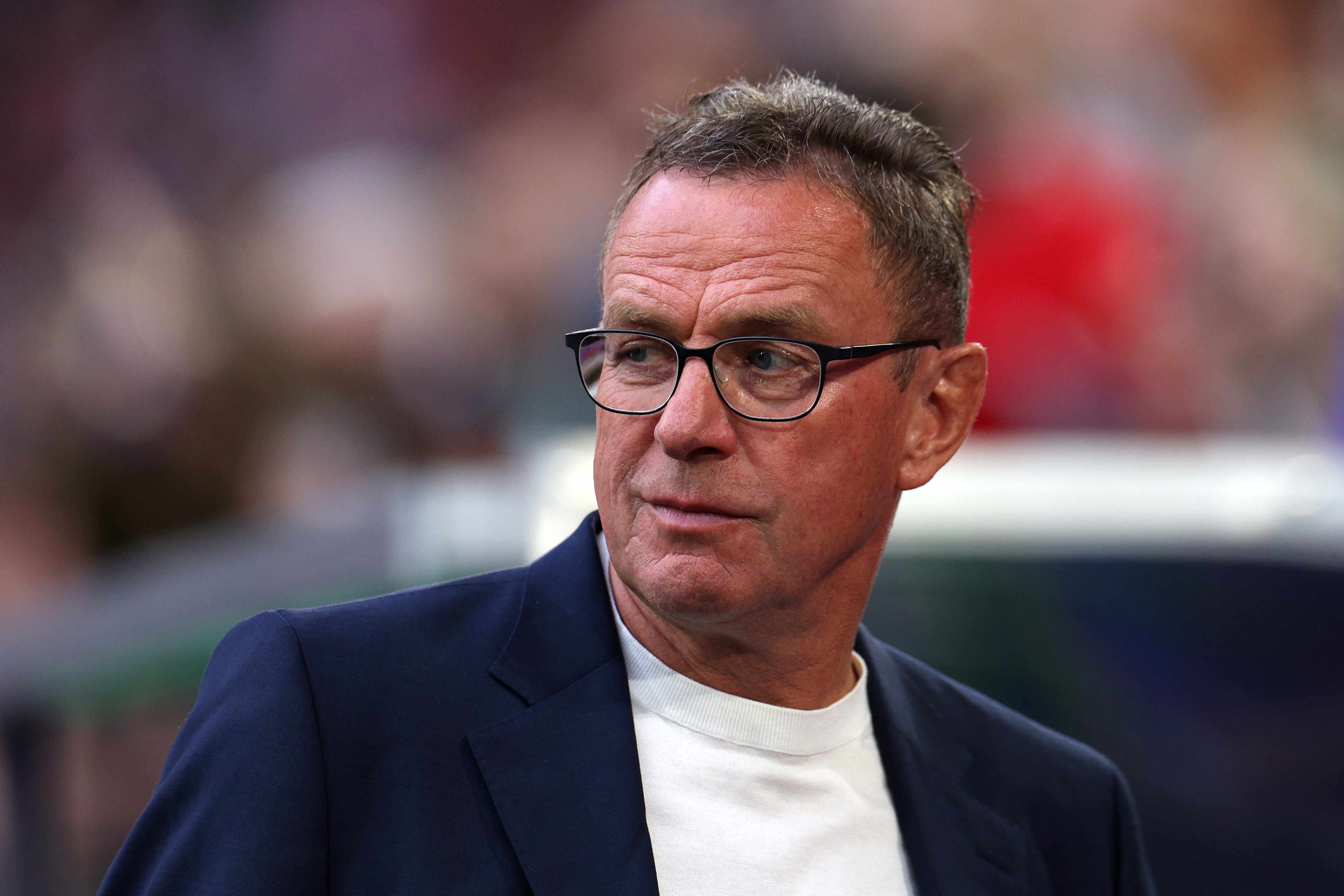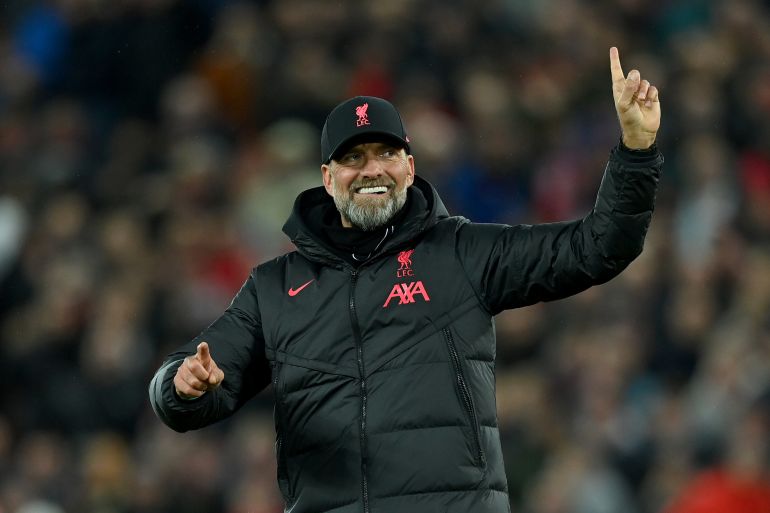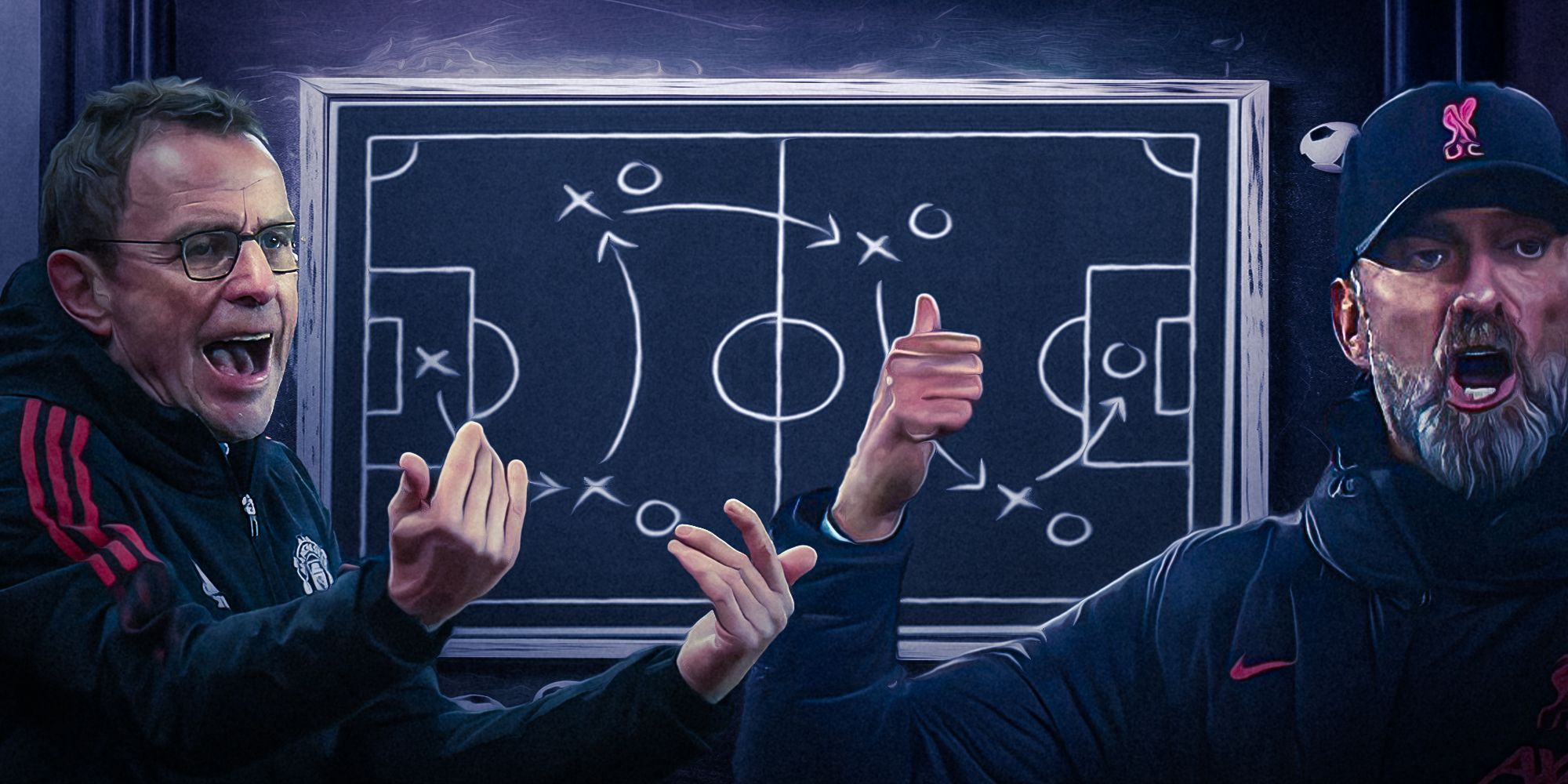Masterminds and Methods - Gegenpressing
Football is a game of transitions, and very few tactical philosophies exploit this better than Gegenpressing. The sport has continuously evolved tactically, but few new ideas have influenced the game like Gegenpressing. However, Gegenpressing is much more than just relentless running, as many believe. It is a meticulously organized system that combines structure and intensity. Here, we take a look at the best minds in football who popularized and mastered Gegenpressing.
What is Gegenpressing?
The term Gegenpressing, translated from German, means "counter-press." Football is a game of four phases: offensive phase, defensive phase, offensive transition, and defensive transition. People often confuse Gegenpressing with a high press, but they are different. Gegenpressing is all about one phase of the game—the defensive transition. When a team loses possession, they have two options: fall back to protect the goal or immediately counter-press to win the ball back before the opposition can take advantage of their disorganization.
Pep Guardiola's "6-second rule" at Barcelona is a perfect example of Gegenpressing. He instructed his players to press intensely for six seconds, forcing the opposition into errors. A key part of this style is recognizing certain moments—such as a poor touch or a bad pass—as triggers for the counter-press. When executed correctly, Gegenpressing is one of the most lethal and effective modern football tactics.
Valeriy Lobanovskyi - The Footballing Scientist
Lobanovskyi was the first to truly use counter-pressing. Before the 1960s, players were not as physically capable as they are today, lacking the advantages of modern science and nutrition. Lobanovskyi brought a scientific approach to football. He was just a teenager in the USSR when they opened their first nuclear power plant. Lobanovskyi studying engineering when the first modern PC was developed was engulfed by the wave of technological optimism. Inspired by engineering and technological advancements in the USSR, he integrated structured training programs based on data analysis.
He retired from football in 1968 because Victor Maslov's Dynamo Kyiv won their third title in a row and as he saw it, they played "anti-football". But Lobanovskyi was back in football in just a year joining the club Dnipro Dnipropetrovsk. In his third season with Dnipro he led them to promotion. Lobanovskyi joined Kyiv in late 1973 as a part of a team of four. The demands Lobanovskyi set on his players were huge. Set moves were practiced to develop a better understanding of structure among players.
Lobanovskyi's goal was "universality"—having every player attack and defend. His intense training methods were initially unpopular, leading to his sacking from the national team job in 1976. But the proud man did not change his methods. His right hand man Zelentsov said after his sacking," The problem was that we were applying scientific methods on players who were semi-amateurs." However, his scientific approach to football laid the foundation for modern pressing tactics, influencing figures such as Ralf Rangnick and shaping the evolution of Gegenpressing.
| Valeriy Lobanovskyi - The man who introduced the pressing game. |
Ralf Rangnick and the German Connection
Germany is often associated with the pioneers of Gegenpressing. Historically, West Germany favored a man-marking approach with a libero. It was pretty successful as well, giving them two world cups and three European Championships. But there are always doubters, rebels who go against the norm. One of them was Ralf Rangnick. Rangnick never played a level higher than amateur football, drifting through German lower leagues before becoming the player manager of sixth-tier Viktoria Backnag. As an amateur player-manager in the lower leagues, Rangnick encountered Lobanovskyi’s Dynamo Kyiv in 1983 and was stunned by their structured pressing. In 1985 he joined Stuttgart as the coach of their amateur side, where he met Helmut Gross. He had no football background but taught himself tactical theory. They both were convinced pressing could prosper at any level after implementing it at FC Korb in the seventh tier of Germany. Pressing was quickly made mandatory for the youth development sides at Stuttgart and slowly it became the norm in Germany. The likes of Volkar Finke at Freiburg and Wolfgang Frank at Mainz had success and a revolution was brewing in Germany. Rangnick himself had incredible sucess at Ulm.
He removed the "Libero" saying it made little sense. But Germany was not ready for such change. The 1998 Euros were a wake up call and Rangnick was flattered at Stuttgart as the manager. He was termed as a "theorist" and a "professor" whose style couldn't make it big. It was not perfect but it was going to evolve into something brilliant. Rangnick has influenced many minds in German football like Thomas Tuchel, Marco Rose and Julian Naglesmann. But the most important of them all was Jurgen Klopp.
 |
| Ralf Rangnick - The pioneer of modern Gegenpressing |
Jurgen Klopp: The Mastermind Behind Modern Gegenpressing
Jurgen Klopp was heavily influenced by Wolfgang Frank, one of the first German managers to embrace Gegenpressing. Klopp, initially a player under Frank at Mainz, took over as manager in 2004, refining the pressing system. His charisma and ability to communicate tactical ideas made Gegenpressing more relatable to fans and players. When Jurgen Klinsmann was appointed as the manager of the Germany national team, he took up Rangnick's style but made some changes. Working closely with future Germany manager Joachim Low, Klinsmann incorporated fluid attacking football in Rangnick's high pressing style. It quickly became the inspiration for what Klopp was going to perfect.
When Klopp moved to Borussia Dortmund, he perfected his vision of Gegenpressing. His Dortmund side, featuring relentless pressers like Shinji Kagawa, Mario Götze, and Robert Lewandowski, overwhelmed opponents with quick transitions. The tactic was simple but devastating: lose the ball, win it back within seconds, and exploit defensive disorganization. Klopp led Dortmund to two Bundesliga titles and a champions league final before joining a struggling Liverpool side.
He quickly refined his approach, balancing relentless pressing with tactical discipline. In his most successful Liverpool sides, the two wingers would press the opposition full backs with the striker pressing the centre backs. If this press was bypassed, the two midfielders in the 4-3-3 formation would step up to cover spaces and press. Players like Mohammed Salah, Sadio Mane and Virgil Van Dijk gave him the star power as he lifted the Liverpool side to new horizons.
Jurgen Klopp’s influence extends beyond trophies. His Gegenpressing philosophy has inspired countless managers. While Gegenpressing existed before Klopp, he is undoubtedly the mastermind who transformed it into a winning formula. His teams don’t just play football; they embody an identity—a relentless, high-octane spectacle that has left a huge mark on the modern game.
 |
| The man who perfected Gegenpressing - Jurgen Klopp |
Modern Gegenpressing and Adaptations
Several modern managers have adopted and evolved Gegenpressing, integrating it into their unique tactical systems:
Pep Guardiola: Combined pressing with his possession-based style. His use of inverted full-backs compresses space, preventing players from being caught out of position.
Roberto De Zerbi: Merges Guardiola's passing game with Klopp’s pressing. His teams lure opponents into pressing traps before launching quick counter-attacks.
Ange Postecoglou: Implements an even more aggressive version of Klopp’s style at Tottenham Hotspur, making them one of the most entertaining pressing teams in recent years.
Gegenpressing has revolutionized football and continues to evolve. What started as a radical idea by Lobanovskyi has become a fundamental aspect of the modern game, shaping the way teams approach transitions and pressing across the world. As football keeps advancing, the future of Gegenpressing is unknown due to the fact that tactics constantly keep evolving. But Gegenpressing also evolved football in a way that no other tactical style did. It became the benchmark of how top teams play, setting the standard for intensity, structure, and transitional dominance in the modern era.

Comments
Post a Comment